- No products in the cart.

Acetylsalicylic acid 500mg tab 10 pcs
$0.11
Acetylsalicylic acid 500mg tab 10 pcs
Description
Composition
Active substance:
1 tablet contains: acetylsalicylic acid 0.5 g ;.
Description:
Tablets of white color, slightly marble, Valium forms a facet and Valium.
Product form:
0,5 g Tablets
10 tablets in contour bezgyachakova packaging.
Contraindications
Increased sensitivity to aspirin or other NSAIDs and other ingredients; erosive-ulcerous lesions of the gastrointestinal tract (GIT) (exacerbation); gastrointestinal bleeding; hemorrhagic diathesis; the combined use of methotrexate at a dose of 15 mg per week or more; combination of asthma, recurrent nasal polyposis and paranasal sinuses and the intolerance of acetylsalicylic acid; bronchial asthma induced by intake of salicylates and NSAIDs; pregnancy (I and III trimester), breast-feeding; infancy (up to 6 years to 15 years – when used as an antipyretic).
The drug is not indicated for children under 15 years old with acute respiratory diseases caused by viral infections, because of the risk of Reye syndrome (encephalopathy and acute fatty liver with the development of acute liver failure).
Be wary – when concomitant therapy with anticoagulants, gout, stomach ulcers and / or duodenal ulcer (in history), including chronic or recurrent course of ulcer disease or episodes of gastrointestinal bleeding; in renal and / or liver failure, deficiency of glucose-6-phosphate dehydrogenase; hyperuricaemia, asthma, chronic obstructive lung diseases, hay fever, nasal polyposis, drug allergies, simultaneous administration of methotrexate at a dose less than 15 mg / wk., pregnancy (II trimester).
Dosage
500 mg
Indications
Symptomatic treatment of pain: headache (including the withdrawal syndrome), toothache, sore throat, back pain and muscle pain, joint pain, pain during menstruation.
Fever with colds and other infectious and inflammatory diseases (adults and children over 15 years).
Interaction with other drugs
Joint application: with methotrexate 15mg a week or more of: increased hemolytic cytotoxicity of methotrexate (reduced renal clearance of methotrexate and methotrexate substituted salicylates in connection with blood plasma proteins); with anticoagulants such as heparin: increased risk of bleeding due to inhibition of platelet function, mucosal lesions of the gastrointestinal tract, the displacement anticoagulants (oral) in connection with plasma proteins; with other non-steroidal anti-inflammatory drugs: as a result of synergies and increased risk of ulcers and stomach bleeding; a uricosuric drug, e.g., benzbromarone: reduces uricosuric effect; with digoxin: digoxin concentration increases due to the reduction of renal excretion; with hypoglycemic drugs: increased hypoglycemic effect of hypoglycemic drugs due to hypoglycemic action of acetylsalicylic acid; with drugs group thrombolytics: increased risk of bleeding; systemic corticosteroids, excluding hydrocortisone, used as replacement therapy in Addison’s disease: The use of glucocorticoids decreases the level of salicylate in blood by increasing the excretion latter; with angiotensin-converting enzyme: reduced glomerular filtration by inhibiting prostaglandins and, as a consequence, reduced the antihypertensive effect; valproic acid: increased toxicity valproic acid; with corticosteroids, ethanol (alcohol) and ethanol-containing drugs: increased risk of damage to the mucous membrane of the gastrointestinal tract, increases the risk of gastrointestinal bleeding; enhances the effects of narcotic analgesics, anticoagulants and platelet aggregation inhibitors, sulfonamides (including co-trimoxazole) triyodtiroksina; reduces the effect of antihypertensive drugs, diuretics (spironolactone, furosemide). increases the concentration of barbiturates, lithium salts in the plasma; antacids containing magnesium and / or aluminum, slow and reduce the absorption of acetylsalicylic acid; myelotoxic drugs increase the expression gematotoksichnosti drug.
Overdose
symptoms
An overdose of moderate severity: nausea, vomiting, tinnitus, hearing loss, headache, dizziness and confusion. These symptoms are at lower doses.
Severe overdose: fever, hyperventilation, ketosis, respiratory alkalosis, metabolic acidosis, coma, cardiogenic shock, respiratory insufficiency, severe hypoglycemia.
In chronic overdose concentration determined in plasma, does not correlate with the degree of intoxication gravity. The greatest risk of chronic intoxication observed in elderly patients when administered within a few days more than 100 mg / kg / day. Children and elderly patients salitsilizma initial signs are not always visible, so it is advisable to periodically determine the concentration of salicylates in the blood level above 70 mg% indicates a moderate or severe poisoning; above 100 mg% – on extremely severe, prognostically unfavorable. If poisoning requiring hospitalization average weight for 24 hours.
Treatment: hospitalization, gastric lavage, administration of activated charcoal, the monitoring of acid-base balance, alkaline diuresis to receive the urine pH between 7.5-8 (forced alkaline diuresis is achieved if salicylate concentration in plasma is greater than 500 mg / l (3.6 mmol / l) in adults or 300 mg / l (2.2 mmol / l) in children), hemodialysis, fluid loss compensation, symptomatic therapy. Caution should be exercised in elderly patients with intensive infusion fluid can lead to pulmonary edema. We do not recommend the use of acetazolamide for alkalinization urine (acidemia may cause toxic effects and enhance salicylates). Hemodialysis is indicated in salicylate levels over 100-130 mg% in patients with chronic poisoning – 40 mg% or less when indicated (refractory acidosis, progressive deterioration state, severe damage to the central nervous system, pulmonary edema and renal insufficiency). When pulmonary edema – artificial ventilation with a mixture enriched in oxygen.
pharmachologic effect
Pharmacological group:
Nonsteroidal anti-inflammatory drug (NSAID).
Pharmacological properties:
The drug has analgesic, antipyretic, anti-inflammatory action due to inhibition of cyclooxygenase enzymes involved in prostaglandin synthesis. Aspirin inhibits platelet aggregation by blocking the synthesis of thromboxane A2.
Pharmacokinetics:
At intake absorption complete. During absorption undergoes systemic elimination in the intestinal wall and liver (deacetylated). Resorbed part is rapidly hydrolyzed by esterases special, so poluvyvedeniya- period of no more than 15-20 minutes.
In the body, it is circulating (by 75-90% due to albumin) and distributed in the tissues as salicylic acid anion.
Time to maximum concentration -. 2 hours Serum salicylate rather is variable. Salicylates easily penetrate into many tissues and body fluids, including in the cerebrospinal, peritoneal, and synovial fluid. Penetration into the joint cavity accelerated by the presence of redness and edema and slows in the proliferative phase of inflammation. Small amounts of salicylates are found in the brain tissue, traces – in the bile, sweat, feces. When an acidosis most of salicylic acid is converted to the unionized acid, good penetration into tissues, including in the brain. Quickly passes through the placenta in small amounts excreted in breast milk.
It is metabolized primarily in the liver with the formation of 4 metabolites detectable in many tissues and urine.
Derived mainly by active secretion into tubules of the kidneys in unchanged form (60%) and in the form of metabolites. Salicylate excretion constant dependent on the pH of urine (when urine alkalization increases ionised salicylates, worsens their excretion and reabsorption significantly increases). The elimination rate is dependent on the dose of: when receiving low-dose half-life – 2-3 hours with increasing dose may be increased up to 15-30 hours.
Conditions of supply of pharmacies
Without recipe.
side effects
On the part of the gastrointestinal tract: loss of appetite, abdominal pain, heartburn, nausea, vomiting, explicit (vomiting blood, tarry stools) or hidden signs of gastrointestinal bleeding, which can lead to iron deficiency anemia, erosive and ulcerative lesions (in including perforation) of the gastrointestinal tract, are isolated cases – impaired liver function (increased hepatic transaminases), diarrhea.
The central nervous system: dizziness, tinnitus (typically are features overdose); long-term use – headache, visual impairment, hearing loss, aseptic meningitis.
Cardio-vascular system: long-term use – strengthening of chronic heart failure symptoms.
From the hematopoietic system: increased risk of bleeding, which is a consequence of the influence of aspirin on platelet aggregation, thrombocytopenia, anemia, leucopenia.
On the part of the excretory system: renal dysfunction; long-term use – interstitial nephritis, prerenal azotemia with an increase in blood creatinine and hypercalcemia, papillary necrosis, acute renal failure, nephrotic syndrome, edema.
Allergic reactions: skin rash, anaphylaxis, bronchospasm, angioedema,
Reye syndrome (encephalopathy and acute fatty liver with the rapid development of liver failure)
If you notice such symptoms should stop taking the drug and immediately contact your doctor.
special instructions
Aspirin can cause bronchospasm, bronchial asthma attack or other hypersensitivity reactions. The risk factors are the presence of asthma, nasal polyps, fever, chronic obstructive lung diseases, cases of allergy in the anamnesis (allergic rhinitis, skin rash).
Aspirin may increase the tendency to bleeding, which is related to its inhibitory effect on platelet aggregation. This should be considered, if necessary, surgical interventions, including small interfering as tooth extraction. Before surgery to reduce bleeding during surgery and in the postoperative period, the drug should be discontinued for 5-7 days and put in a doctor’s reputation.
Children should not be prescribed drugs containing acetylsalicylic acid because the risk of Reye’s syndrome is increased in the case of a viral infection. Symptoms of Reye syndrome are prolonged vomiting, acute encephalopathy, liver enlargement.
If necessary, use during lactation should stop breastfeeding.
In the treatment of vascular disease daily dose of acetylsalicylic acid is from 75 to 300 mg.
Acetylsalicylic acid reduces the excretion of uric acid from the organism that can cause an acute attack of gout in predisposed patients.
Not revealed the influence of the drug in the management of vehicles and other machinery.
Acetylsalicylic acid has a teratogenic effect; when used in the I trimester leads to the development of splitting the upper palate; in the III trimester causes inhibition of labor activity (inhibition of prostaglandin synthesis), premature closure of the ductus arteriosus in fetal pulmonary vascular hyperplasia and hypertension in the “small” circulation. Excreted in breast milk, which increases the risk of bleeding in a child due to dysfunction of platelets.
The treatment should abstain from ethanol.
Storage conditions
In a dry place at a temperature not higher than 25 ° C. Keep out of the reach of children.
Dosing and Administration
Inside, adults and children over 12 years: single dose of 0.25-0.5 g, the maximum single dose – 1.0 g (2 tablets of 0.5 g), the maximum daily 3.0 g (6 tablets 0 , 5 g), a single dose may be administered 3-4 times a day at intervals of at least 4 hours as needed.
For children from 6 years of age, except for use in the background of acute respiratory diseases caused by viral infections, because of the risk of Reye syndrome (encephalopathy and acute fatty liver with the development of acute liver failure), a single dose – 0.25 g (1/2 tablets 0.5g) on reception.
Method of use: the drug should be taken after eating, drinking water, milk, or alkaline mineral water.
The frequency and time of reception: single dose may be administered 3-4 times a day at intervals of at least 4 hours as needed. Regular ingestion adherence avoids sharp temperature rise and reduce the intensity of pain.
Duration of treatment (without consultation with a physician) should not exceed 7 days when administered as an analgesic and more than 3 days – as an antipyretic agent.
Information
Appearance may differ from that depicted in the picture. There are contraindications. You need to read the manual or consult with a specialist
Additional information
| Weight | 0.100 kg |
|---|---|
| Manufacturer | Russia |

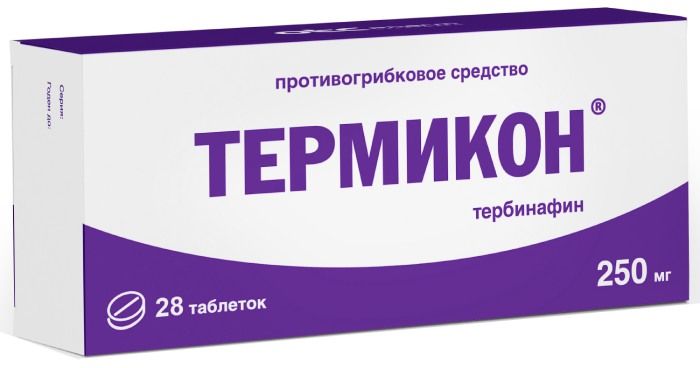
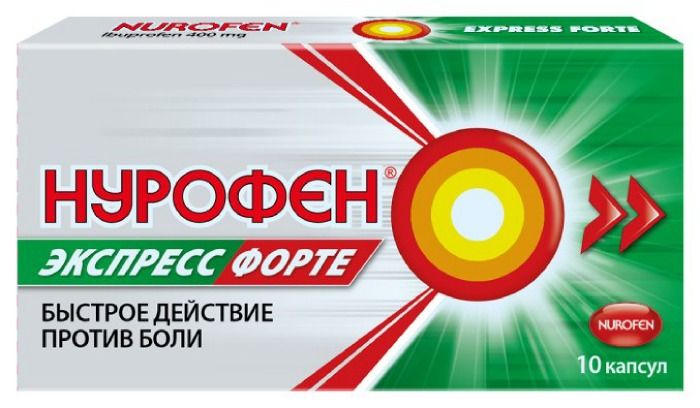
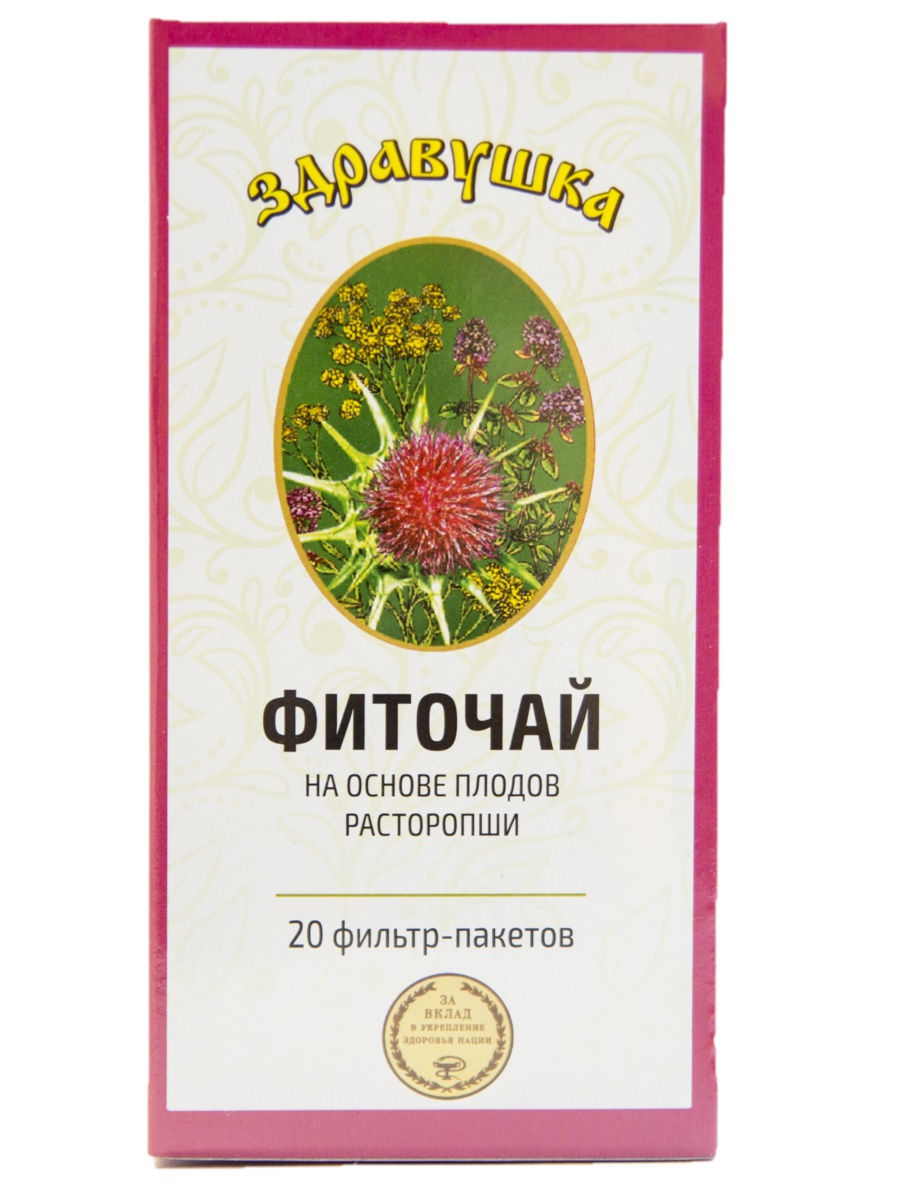
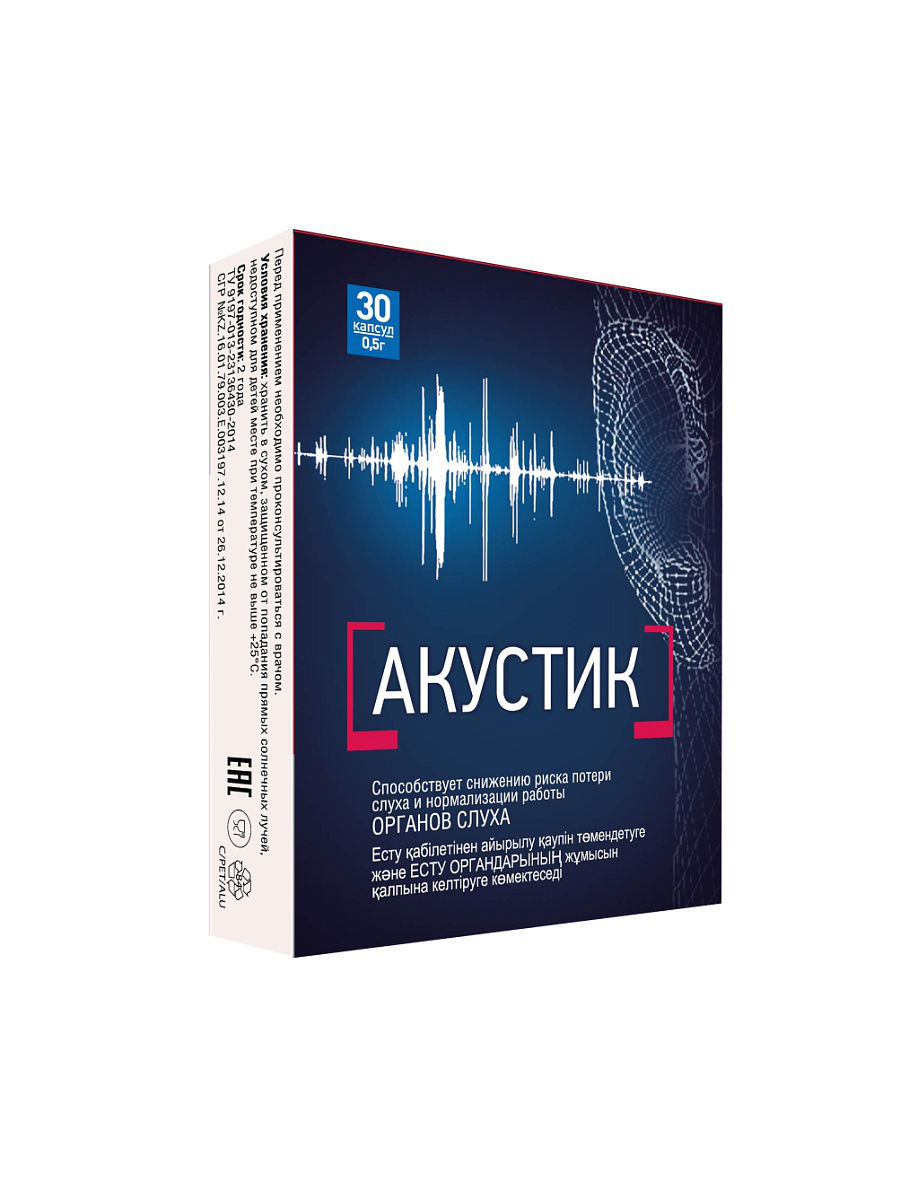


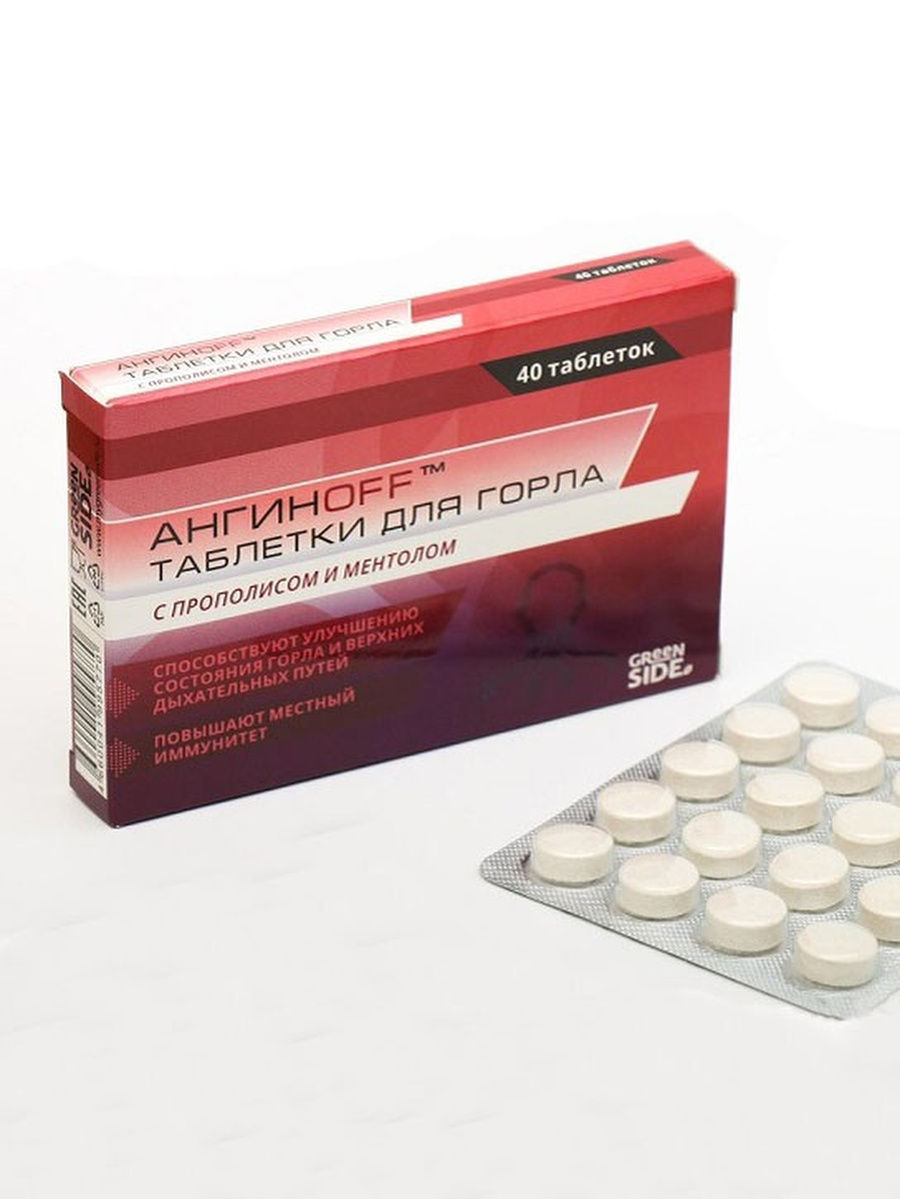
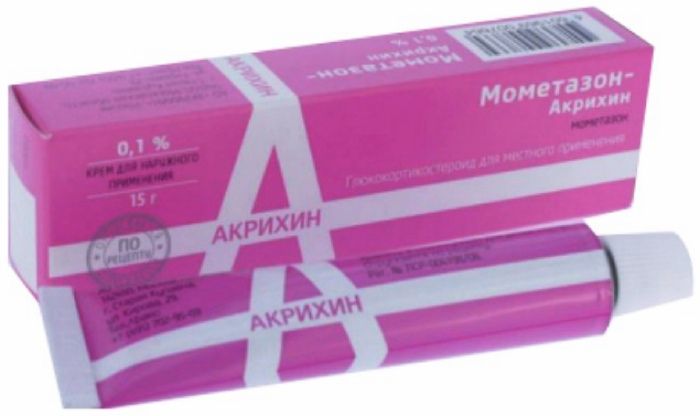




There are no reviews yet.